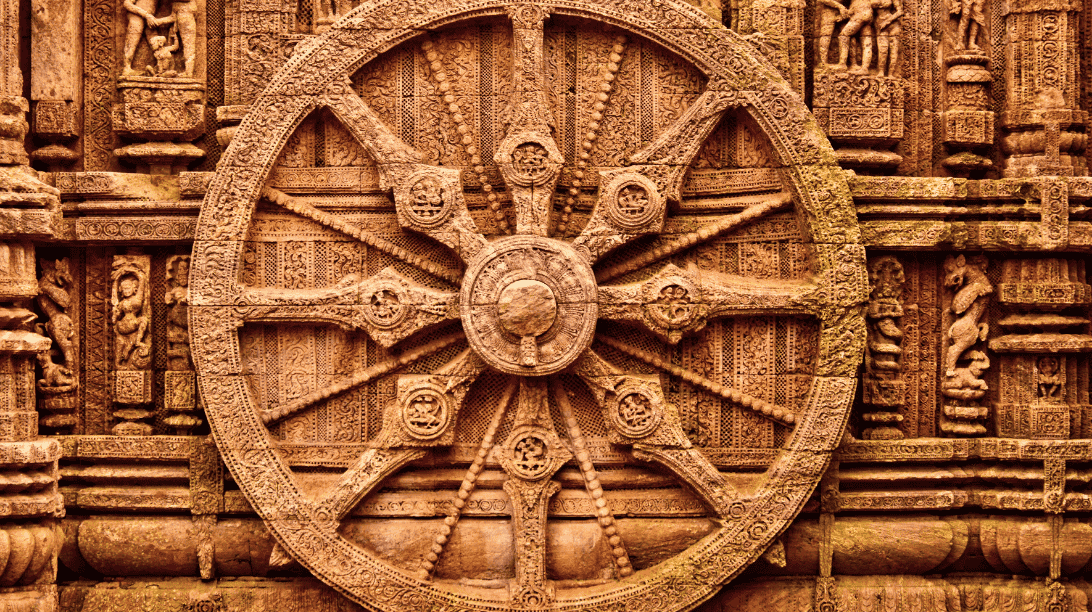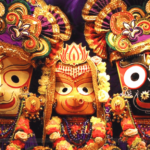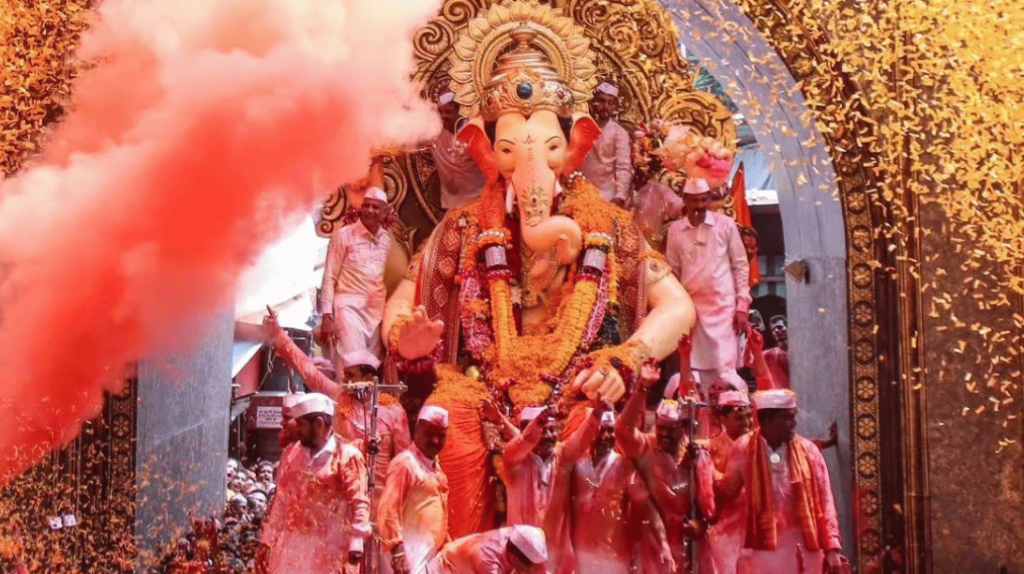
The Hindu calendar, a lunisolar calendar, is a fascinating blend of astronomical science and cultural traditions. This guide delves into its intricacies, providing insights into its structure, significance, and its comparison with other calendar systems.
What is the Hindu Calendar?
The Hindu calendar is based on both:
- Lunar phases: The moon’s waxing and waning cycles.
- Solar positions: The sun’s movement through the zodiac.
It consists of 12 months, each named after the prominent nakshatra (lunar mansion) that the sun traverses during that month.
12 Hindu Months

Each month in the Hindu calendar aligns approximately with the Gregorian calendar as follows:
| Hindu Month | Gregorian Equivalent |
|---|---|
| Chaitra | March/April |
| Vaisakha | April/May |
| Jyaistha | May/June |
| Asadha | June/July |
| Shravana | July/August |
| Bhadrapada | August/September |
| Ashvina | September/October |
| Kartika | October/November |
| Margashirsha | November/December |
| Pausha | December/January |
| Magha | January/February |
| Phalguna | February/March |
- Each month begins with the new moon (Amavasya) and ends with the full moon (Purnima).

Hindu Weekdays
The Hindu week comprises seven days, named after the classical planets:
| Day | Sanskrit Name | Planetary Association |
|---|---|---|
| Sunday | Ravivara | Sun (Ravi) |
| Monday | Somavara | Moon (Soma) |
| Tuesday | Mangalavara | Mars (Mangala) |
| Wednesday | Budhavara | Mercury (Budha) |
| Thursday | Guruvara | Jupiter (Guru) |
| Friday | Shukravara | Venus (Shukra) |
| Saturday | Shanivara | Saturn (Shani) |
Astronomical Foundations of the Hindu Calendar
Understanding the Hindu calendar requires a grasp of key astronomical facts:
1. Lunar and Solar Cycles
- The sidereal month (moon’s revolution around the Earth) lasts ~27.32 days.
- The synodic month (time between two full moons) lasts ~29.53 days.
- A sidereal year (Earth’s revolution around the sun) is ~365.256 days, while a tropical year is ~365.242 days.
2. Nakshatras vs. Rashis
- Nakshatras: 27 lunar mansions associated with specific stars.
- Rashis: 12 zodiac signs representing the solar calendar months.
3. Lunisolar Synchronization
- A lunisolar calendar combines lunar months and solar years.
- Adjustments: Extra months (adhikamasa) are added every 2–3 years to align lunar and solar cycles.
Significance of Tithis and Festivals
- Tithis (Dates): Defined by the moon’s position, tithis vary from ~20 to ~27 hours.
- Lunar festivals like Diwali follow tithis, ensuring alignment with specific moon phases.

Key Historical Insights
- Ancient Astronomy: Indian astronomy predates Babylonian systems and introduced the concepts of tithis and nakshatras.
- Aryabhata’s Contributions: Aryabhata, a 5th-century astronomer, refined calendar calculations.
- Agnichayana Vidhi: The 95-year cycle described in the Shatapatha Brahmana illustrates early synchronization efforts.
Comparison with Gregorian Calendar
- Gregorian Calendar: Based on the tropical year, with 365.2425 days and an error of ~1 day every 3300 years.
- Hindu Calendar: Combines lunar and solar calculations, making it scientifically robust but mathematically complex.
Regional Variations
India uses multiple calendars:
- Vikrama Samvat: Popular in northern India and Nepal, it follows lunar months and sidereal years.
- Shaka Samvat: The official calendar of India, starting near the vernal equinox.
Regional solar calendars, such as those used in Kerala (Vishu) and Bengal (Pohela Boishakh), mark the new year in mid-April.
Conclusion
The Hindu calendar uniquely blends lunar and solar cycles, aligning months with the moon and years with the sun. By integrating astronomy, culture, and spirituality, it transcends mere timekeeping, embodying a timeless harmony of nature and tradition aligning with festivals and accurate calculations.







